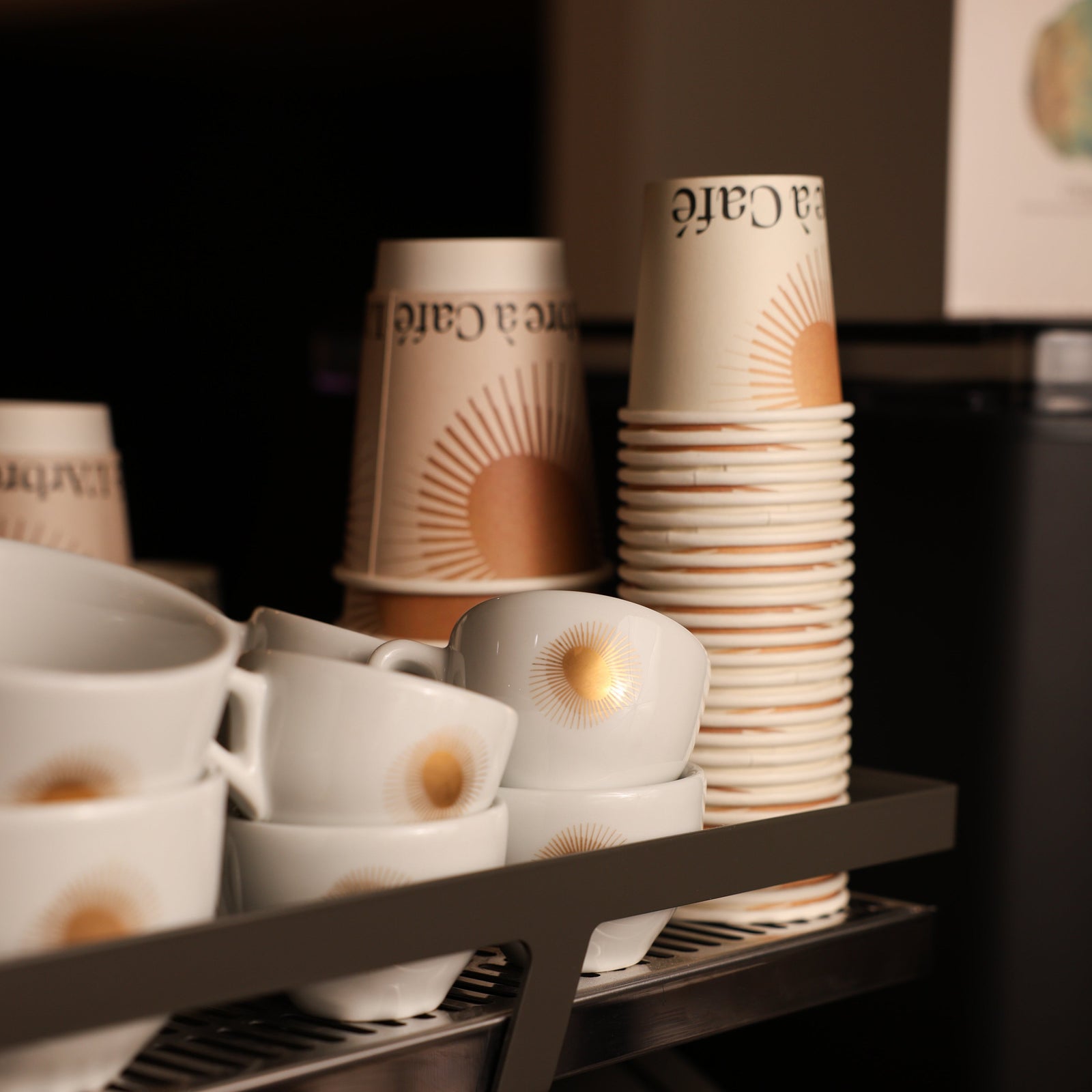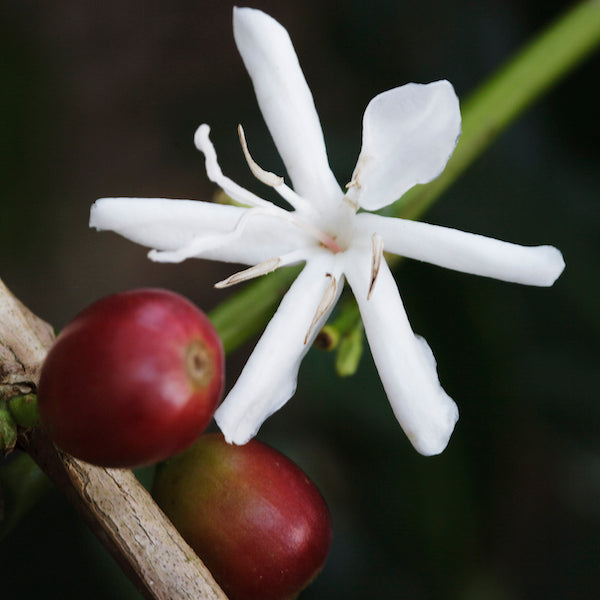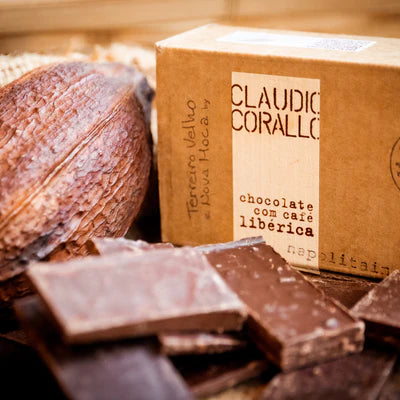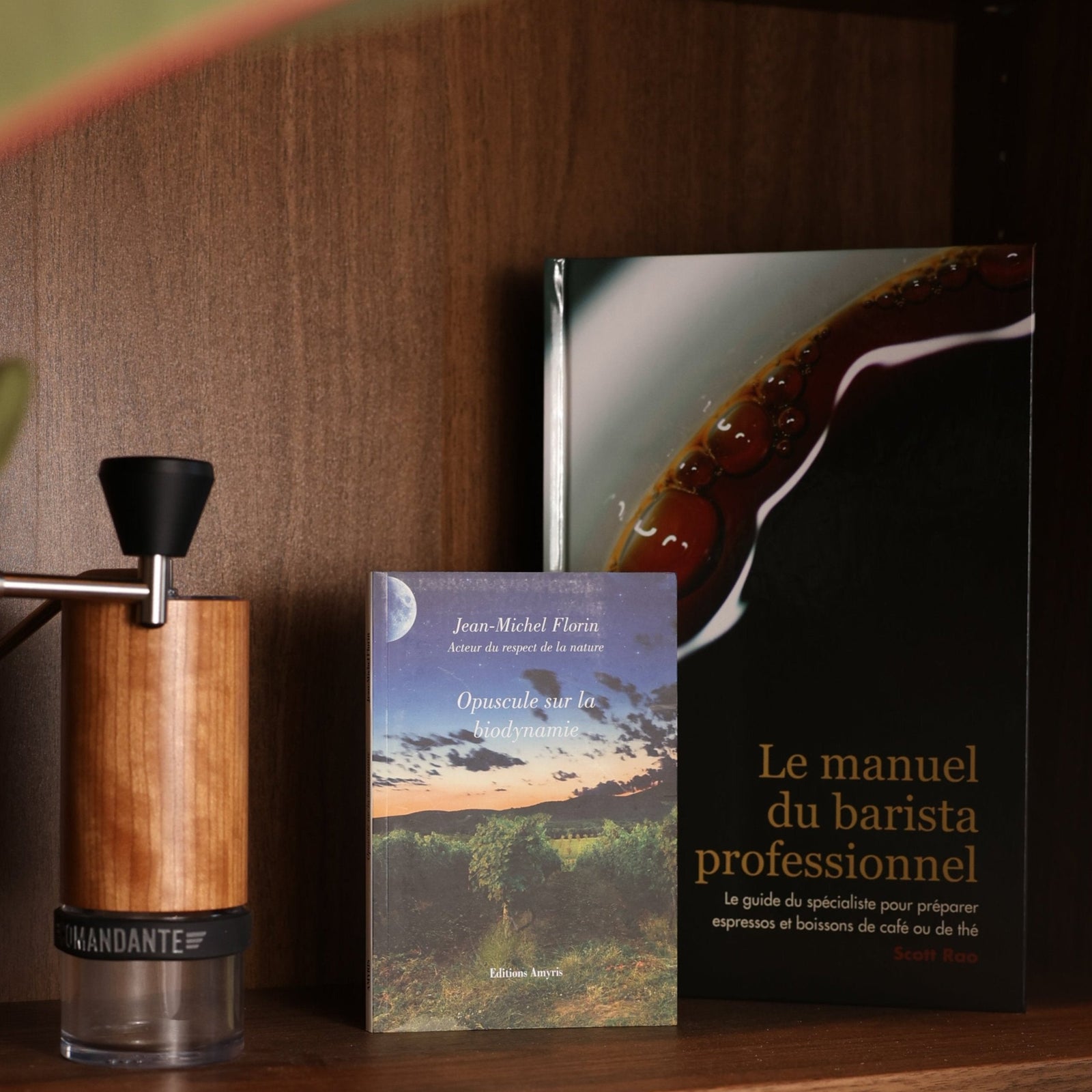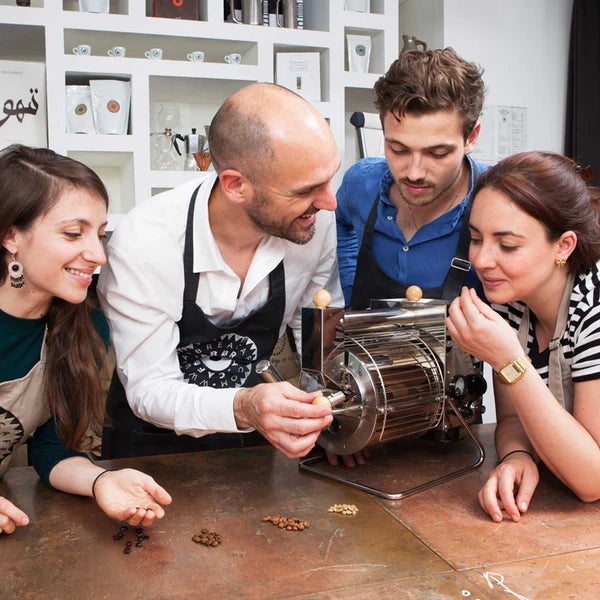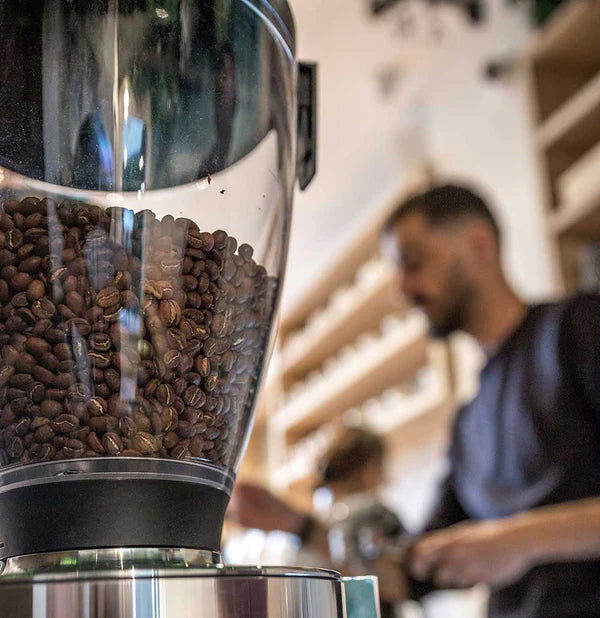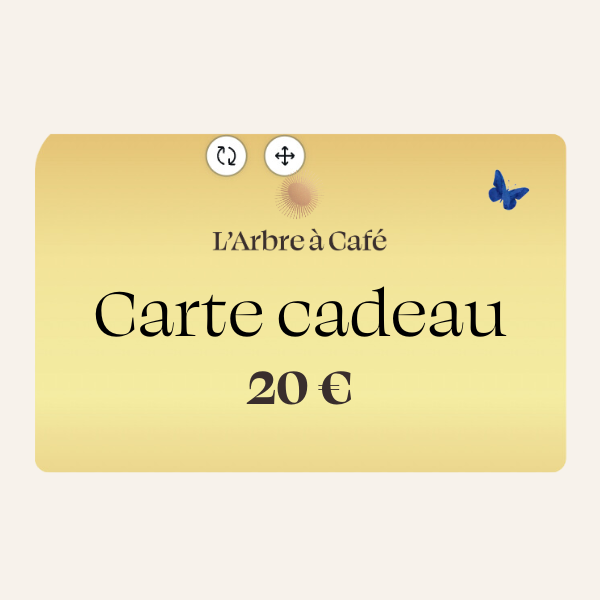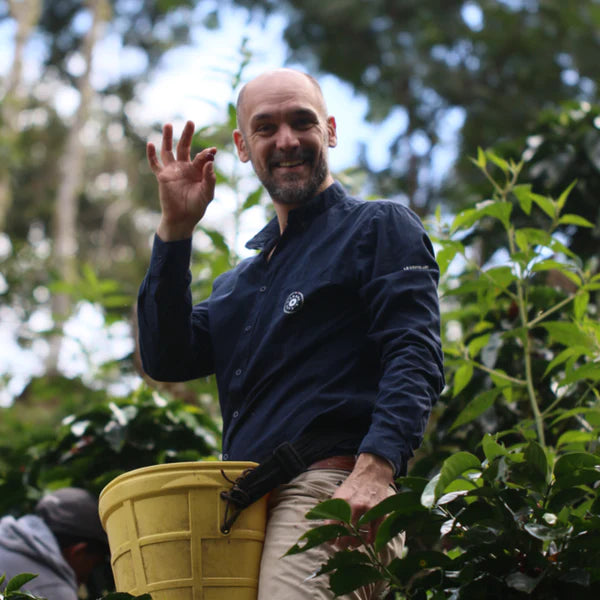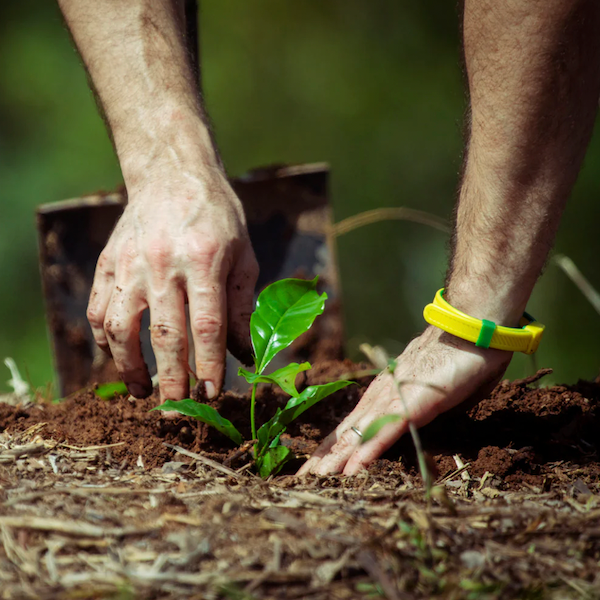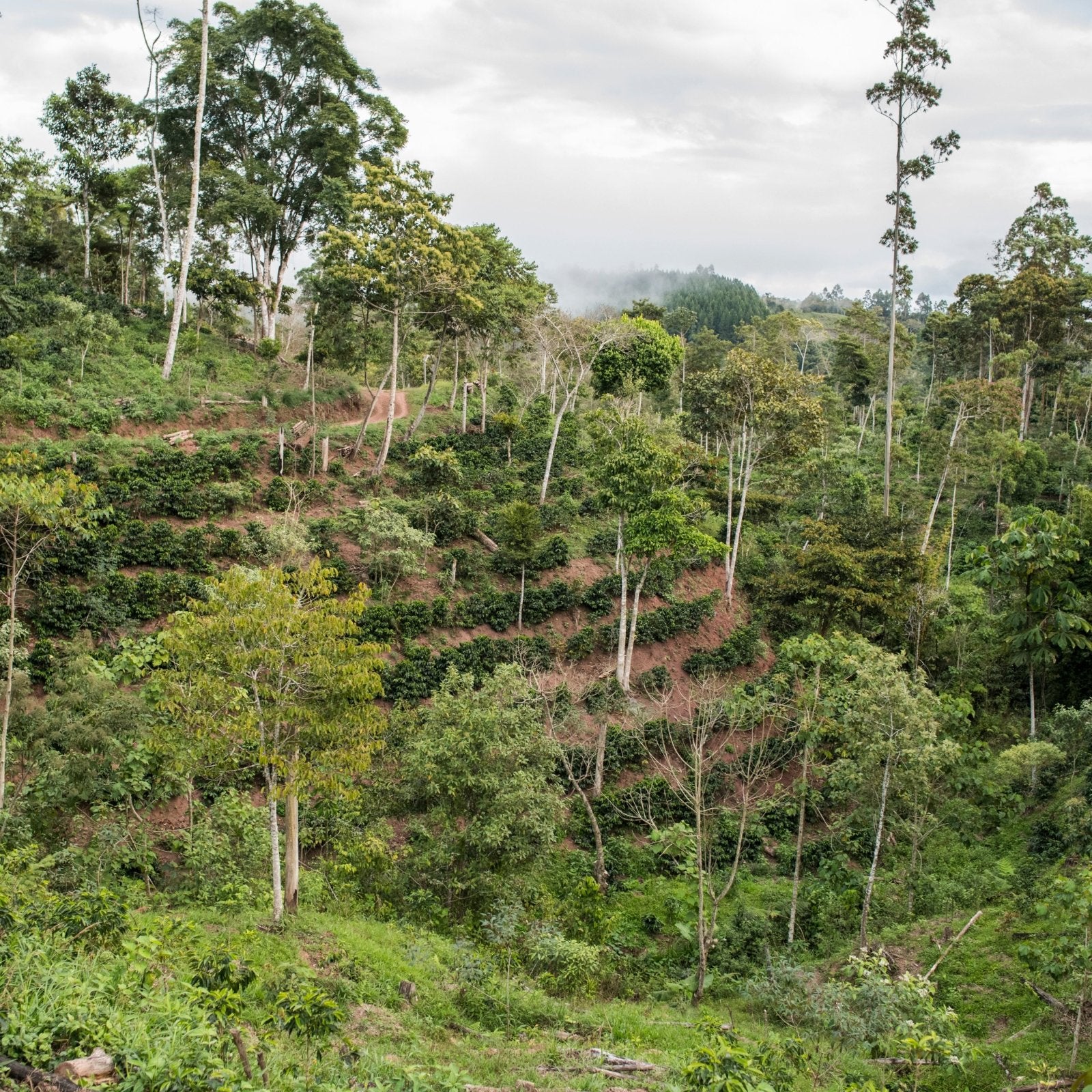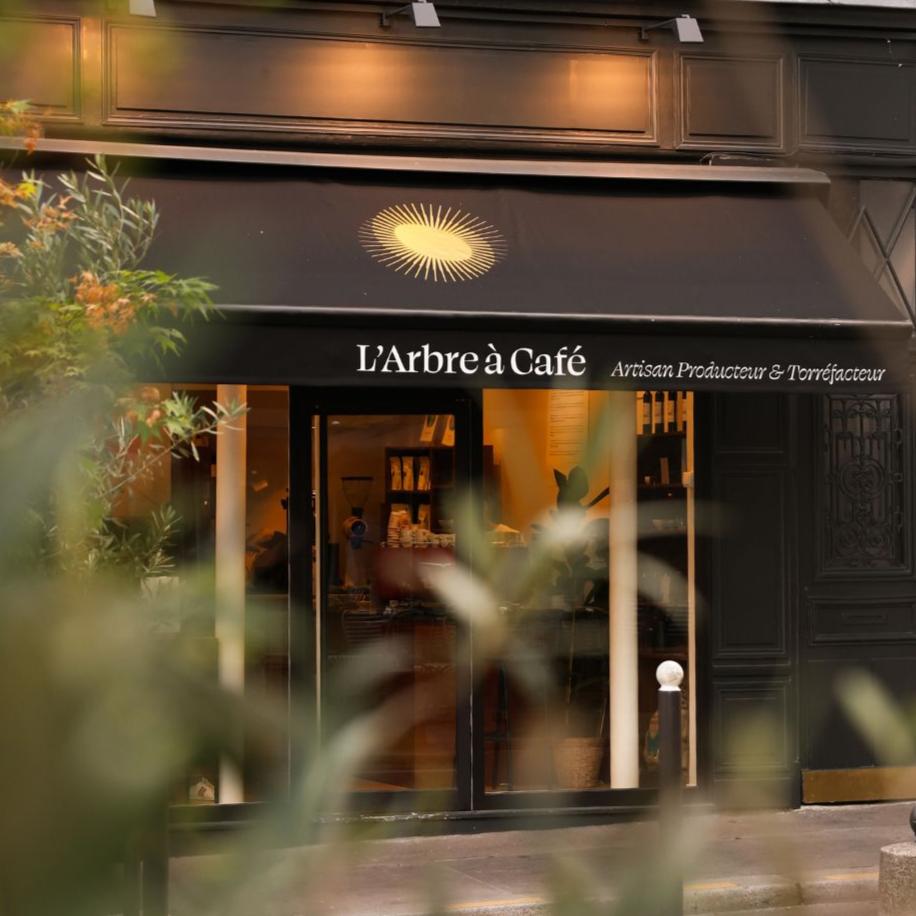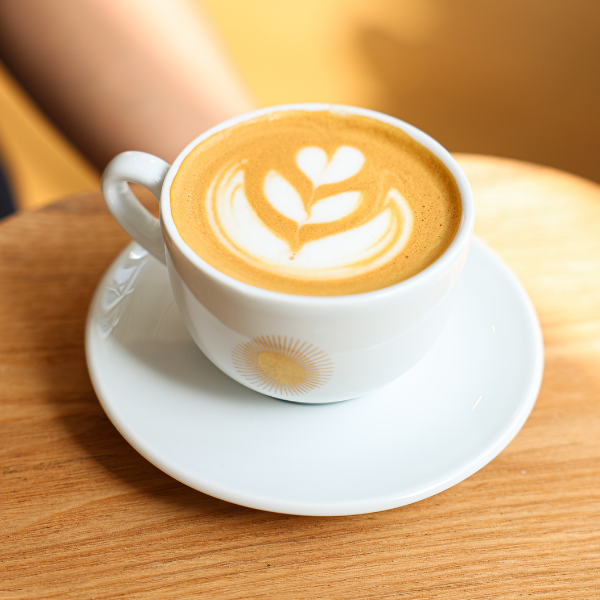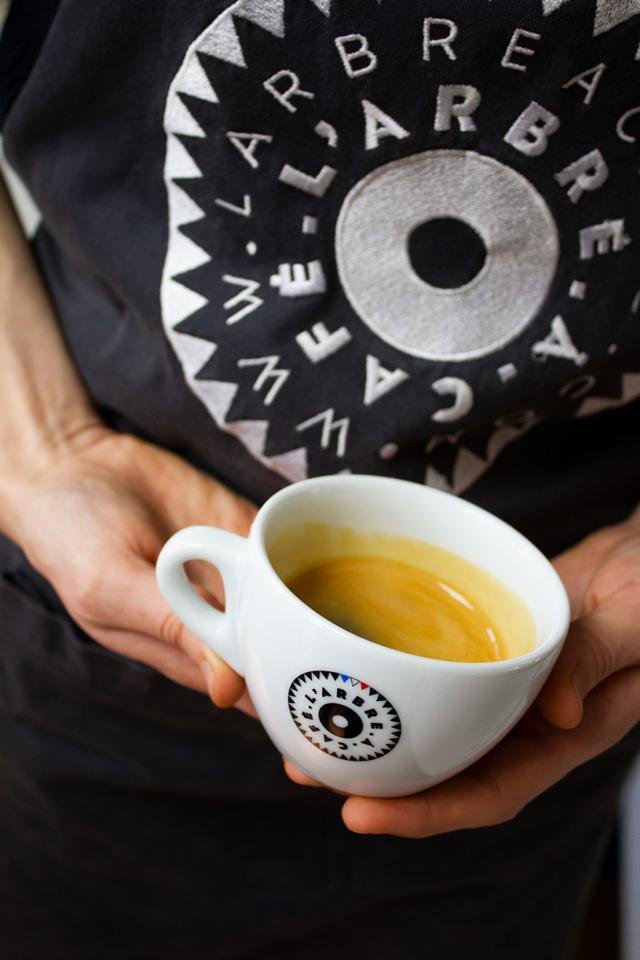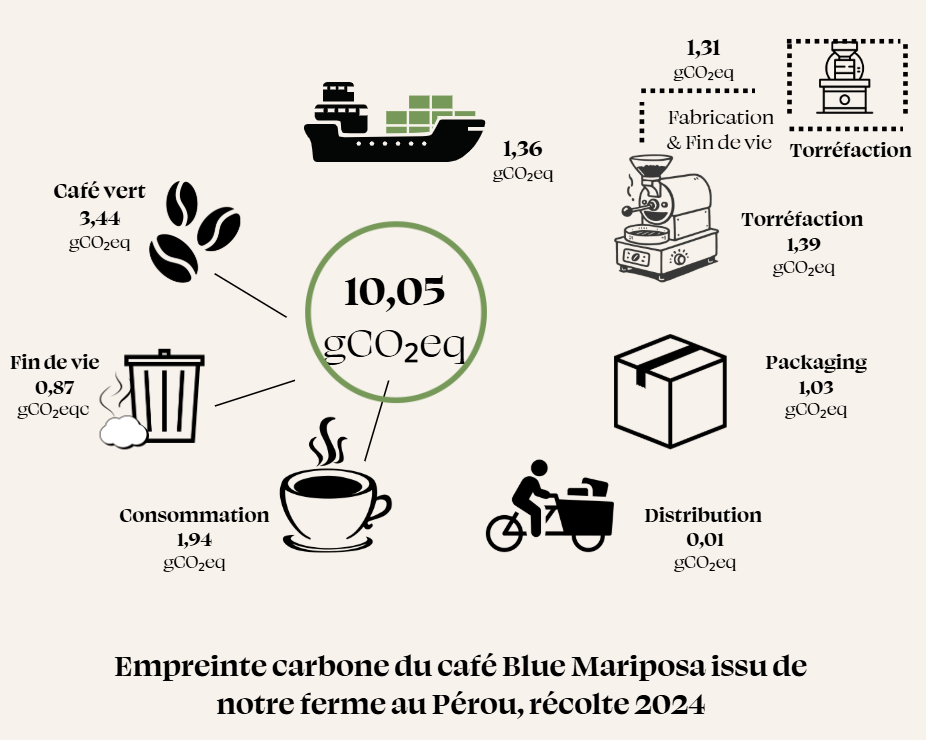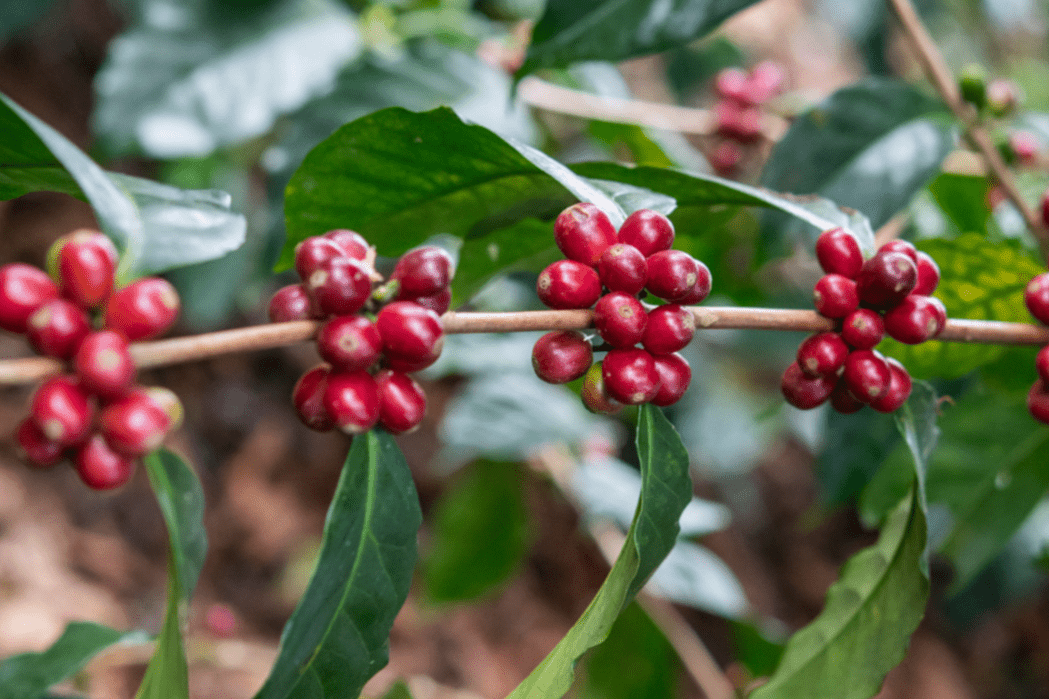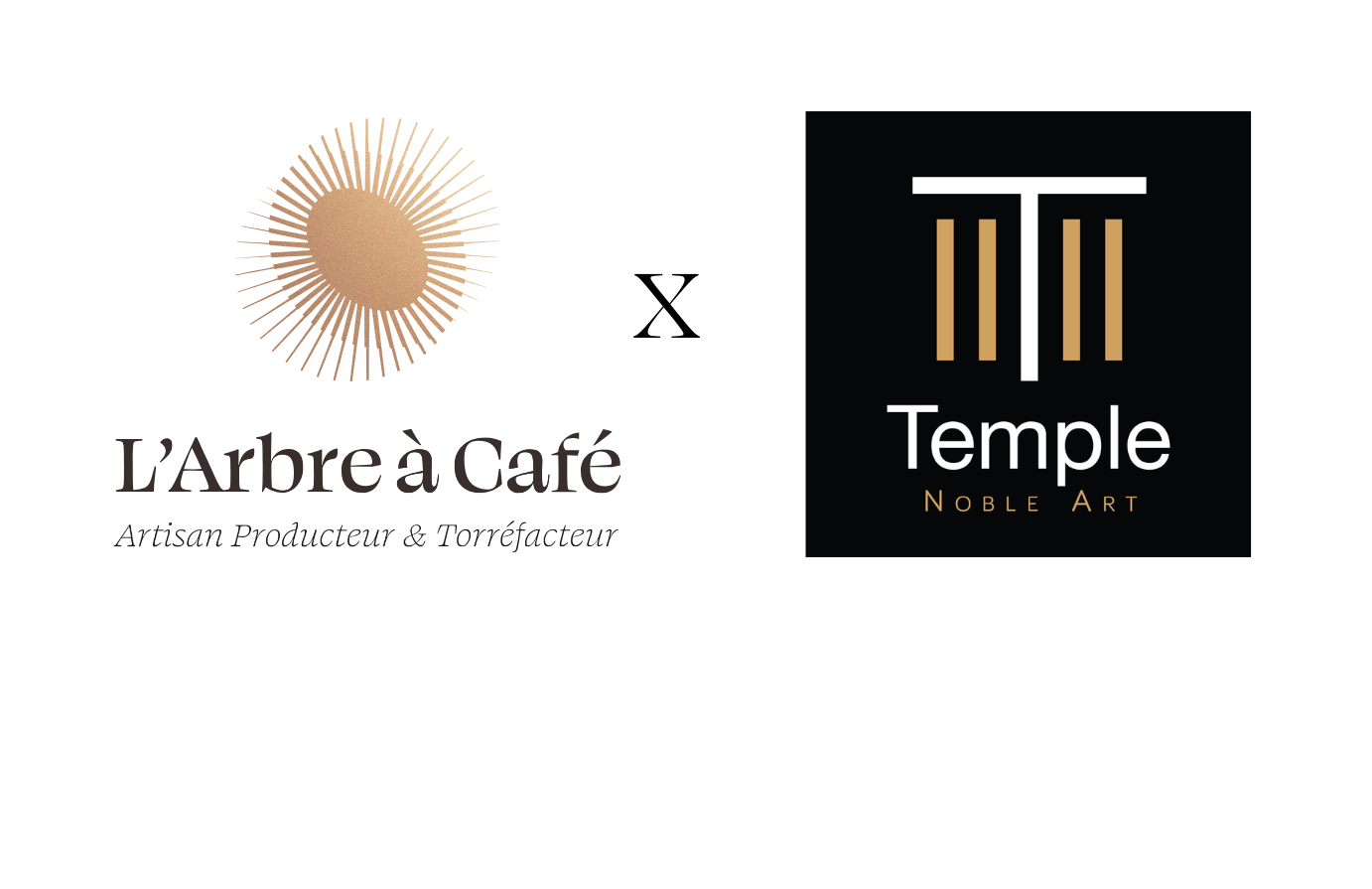Of Italian origin, the word barista (plural "baristi") was spread, like the other Italian coffee terms (cappuccino, latte, espresso....) around the world by the Second Wave born on the West Coast of the United States in the early 1970s.
The barista is the one who makes and serves drinks based on coffee and related ingredients, behind the bar in cafés, "cafeterias", coffee shops and some restaurants now. While the barista is specialized in softs and daytime drinks, the Barman, who also officiates behind the bar, expresses himself most often at the time of cocktails and spirits, and in places intended for the expert consumption of these drinks. The Bartender, on the other hand, is a bartender who masters techniques specific to the American cocktail world. The latter two have little to do with caffeine preparations.
The basis of the barista is the espresso (by the way, do we say espresso or expresso?). He knows and masters the equipment (machine, grinder, tamper, water filtration, etc.), is interested in coffee and its origins, qualities and roasting, and establishes recipes based on the quality and temperature of the water, the volume of coffee, the quantity of water, the fineness of the grind and its tamping, as well as its extraction time or its ideal container
With the Second Wave, he became a master of Latte Art, whereas in post-war Italy, his preferred field was espresso and sometimes cappuccino (but without topping). He mastered all the techniques and qualities of milk, and devoted himself to multiplying the figures and preparations.
Today, the barista is also a specialist of soft extractions, he is also acoffee brewer therefore, able to serve in a short time all types of preparations with the same dexterity.
He is often compared to the coffee sommelier, but he has much more in common with the pastry chef: precision in temperature and dosage, respect for time, rigor and the ability to reproduce the same drink with regularity. Like the pastry chef, he prepares or assembles his drink on demand, and most often in front of the customer.
As you can see, without a barista, there is no good coffee. Bravo the artist!
Ps: If you want to discover some of the techniques used by baristi, don't hesitate to consult our practical guide: how to make a good coffee.



